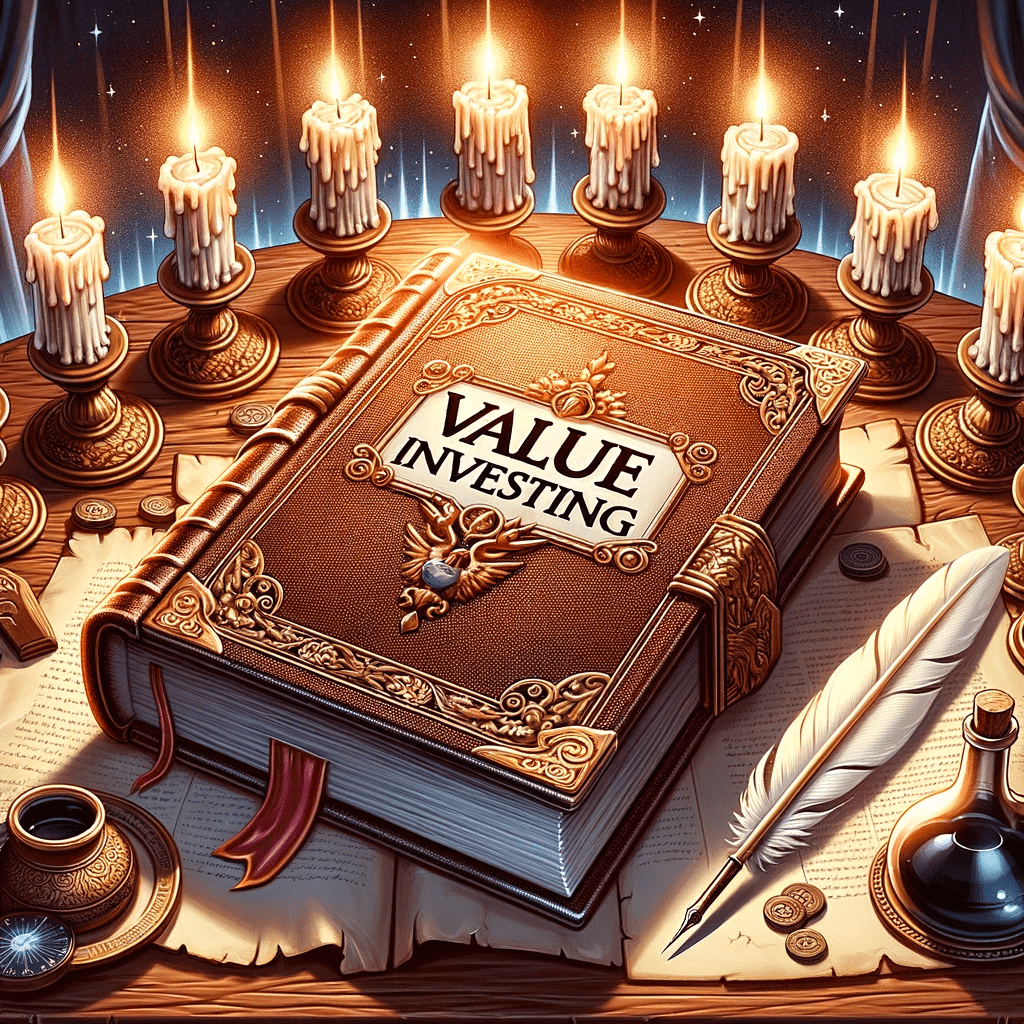Early Life and Education
Benjamin Graham, often hailed as “the father of value investing,” was born on May 9, 1894, in London, England, and his family moved to New York City when he was just a year old. His father died as a youngster, and the family faced financial hardships. Despite these challenges, Graham excelled academically, eventually earning a scholarship to attend Columbia University. Upon graduation in 1914, he received offers to teach English, Mathematics, and Philosophy but declined them all to work on Wall Street.
First Steps into Investment
Graham began his career on Wall Street at age 20, initially working with the bond trading firm Newburger, Henderson, and Loeb. His initial role, analyzing railroad bonds and investment opportunities, began a career marked by a rigorous analysis of financial statements.
His First Investment
One of Graham’s early and most notable investments was in 1926 when he started the Graham-Newman Corporation, an investment partnership with Jerome Newman. Despite operating through the Great Depression, the partnership was profitable and showcased Graham’s defensive investment style. His methodology was structured, thorough, and focused on minimizing risk by identifying and investing in companies trading below their intrinsic value.
Investment Style
Benjamin Graham is renowned for his value investing approach, characterized by meticulous fundamental analysis and a focus on intrinsic value. His investment philosophy involves purchasing stocks at a price less than their intrinsic value, providing a margin of Safety.
Key Concepts of His Investment Style
- Intrinsic Value: Graham always looked for an intrinsic value in a stock, calculated based on earnings, dividends, and growth rate. He only invested if the stock was priced significantly below its intrinsic value.
- Margin of Safety: He insisted on having a “margin of safety”, which means buying when a security is priced well below its intrinsic value to account for errors or downturns in the market.
- Defensive Investing: Graham’s approach was always risk-averse, focusing on capital preservation and steady investment gains.
- Market Fluctuations: He was also known for his perspective on market fluctuations, viewing them as opportunities to purchase undervalued companies or to sell when the prices rise rather than as an indicator of economic health.
- Qualitative & Quantitative Analysis: His method involved qualitative and quantitative analyses, evaluating companies’ financial health and management quality.
Legacy and Contributions
Graham authored “Security Analysis” in 1934, along with David Dodd, which became a seminal work in investment. Later, he wrote “The Intelligent Investor”, which Warren Buffett described as “the best book about investing ever written.”
His teaching career at Columbia Business School moulded several successful investors, including Warren Buffett, who adopted and expanded upon Graham’s philosophy.
Graham’s Later Life and Current State
Benjamin Graham retired in 1956 and focused on writing and further developing his investment philosophy until his death on September 21, 1976. His legacy lives on through his published works and the myriad of investors applying his principles, ensuring his impact on the investment world is sustained.
Rarely Known Facts
- Despite being an intelligent investor, Graham was known for his humility and was continually receptive to new ideas and perspectives.
- He also explored various areas beyond finance, like trying to create a new international language and indulging in profound studies related to world peace.
Graham’s Investment Methodologies
Graham was a meticulous analyst, relying heavily on financial fundamentals to guide his investments. Let’s delve into various aspects and case studies.
1. Emphasis on Financial Fundamentals:
Graham’s method involved intensive investigation into a company’s financials – particularly its earnings, dividends, and growth rate. He analyzed the balance sheet to understand a company’s assets, liabilities, and shareholder equity. He was especially interested in a company’s ability to generate cash.
Case Study: Northern Pipeline
In the 1920s, Graham identified an investment opportunity with Northern Pipeline, whose stock was trading around $65/share. He analyzed its balance sheet and found that the company held bond investments worth $95 for every share. He exploited this discrepancy by buying shares and urging the management to liquidate its bond holdings, eventually resulting in a significant profit.
2. The Margin of Safety:
The “Margin of Safety” is fundamental to Graham’s investment philosophy. By only investing in stocks priced far below their intrinsic value, Graham sought to minimize downside risk.
Case Study: GEICO
Graham discovered GEICO after it had just gone public. He realized the company’s business model was extremely lucrative as it sold directly to consumers, cutting costs significantly. He identified that GEICO’s stock was trading well below its intrinsic value. The subsequent investment in GEICO became one of the most profitable in the history of Graham-Newman, epitomizing the application of the margin of Safety.
3. Mr. Market:
Graham’s metaphor of “Mr. Market” represents the vicissitudes of the stock market. Mr. Market, a generous fellow, offers daily to buy or sell a share of his businesses at varying prices. The investor is free to agree with his prices or ignore him. The idea is not to be swayed by market fluctuations but to make informed decisions based on intrinsic value.
Case Study: American Telephone & Telegraph (AT&T)
In discussions about market price versus intrinsic value, Graham referenced AT&T, a widely held stock in the 1940s and 1950s. He noted its price ranged from 100 to 180 points without any equivalent range in its average earnings. Graham used this to illustrate that the market price often does not reflect a company’s intrinsic value, and wise investors should take advantage of Mr. Market’s irrationality.
4. Defensive vs. Enterprising Investing:
Graham delineated between two investor categories: defensive and enterprising. Defensive investors are risk-averse, seeking steady and safe returns, while enterprising investors are willing to commit time and effort to find underpriced securities.
Case Study: Permanently Impaired Stocks
Graham often recommended a defensive approach for most investors, which he believed would safeguard against substantial errors and major losses. He advised not venturing into “permanently impaired” stocks, even if they looked cheap. Graham believed in making investments that, even if they didn’t skyrocket, wouldn’t implode either.


